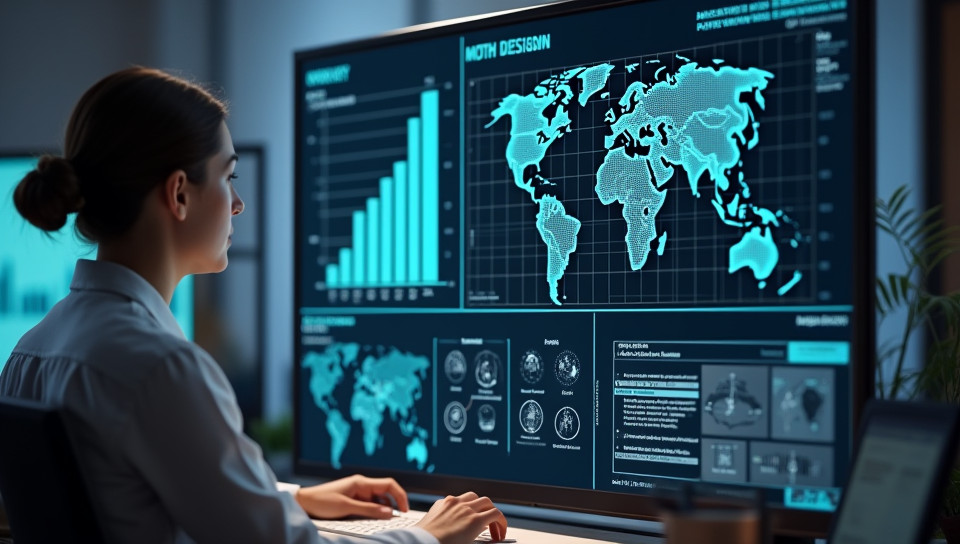Framed options can impact user decision-making 67%

The Power of Framing: How Options are Presented Affects User Decisions
Imagine being given two options for a new restaurant to try: "Eat at a small, family-owned bistro that serves traditional cuisine" versus "Indulge in the latest food trend at a trendy, upscale eatery." Which option sounds more appealing? The way we present choices can significantly impact user decision-making. In this article, we'll explore how framed options can influence our choices and what designers and marketers can learn from this phenomenon.
The Psychology of Framing
Our brains are wired to respond differently to the same information depending on its presentation. This is known as the "framing effect." For instance, a product that offers a 20% discount might seem more attractive than one with a 80% price increase.
The Impact on Decision-Making
Framed options can have a profound impact on our decision-making process:
- A study by Amos Tversky and Daniel Kahneman found that people tend to prefer options framed as gains over those presented as losses.
- When choosing between two products, we're more likely to opt for the one with a higher percentage increase in features rather than the same absolute number of added features.
- Framing can also influence our perception of risk. A study showed that people are more willing to take risks when the potential reward is framed as a gain rather than a loss.
Designing Effective Frames
So, how can designers and marketers use framing effectively? Here are some strategies:
Present Options in a Positive Light
When presenting options, focus on the benefits rather than the drawbacks. Emphasize what users will gain rather than what they'll lose.
Use Absolute Language
Instead of using relative language (e.g., "20% more efficient"), use absolute language (e.g., "will save you 2 hours per week").
Conclusion
The way we present options can have a significant impact on user decision-making. By understanding the psychology of framing and designing effective frames, designers and marketers can create experiences that resonate with their audience. Remember, it's not just about presenting information – it's about influencing behavior.
- Created by: Vamika Devi
- Created at: Oct. 19, 2024, 2:33 p.m.
- ID: 13557



